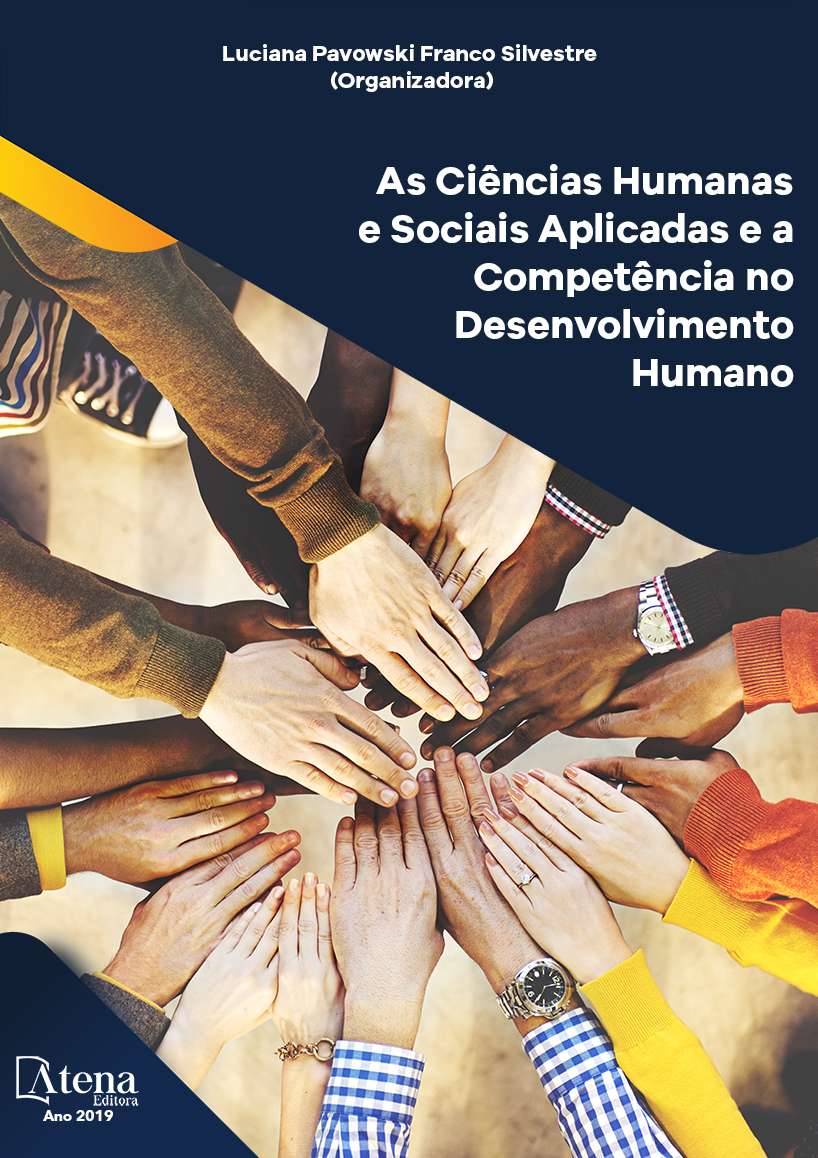
REFLETINDO SOBRE A RELAÇÃO ENTRE AS IMAGENS DE THÉODORE DE BRY E O TEXTO ESCRITO NA OBRA “DUAS VIAGENS AO BRASIL” DE HANS STADEN
Este texto busca relações
significativas entre a narrativa escrita da
obra “Duas viagens ao Brasil”, do aventureiro
alemão Hans Staden, e a narrativa visual das
imagens criadas por Théodore de Bry para
a edição de 1592. Tal livro obteve grande
sucesso na Europa e teve muitas publicações
seguidas, sendo a primeira a do ano de 1557.
Esse texto tem caráter qualitativo e baseia-se
em uma pesquisa bibliográfica. Nossa intenção
é deixar ver a dissolução das fronteiras entre
linguagens escrita e visual na obra selecionada,
mostrando que diferentes formas de linguagens
(verbal e visual) não somente eram necessárias
para o entendimento de tal obra à época de sua
execução, mas essas linguagens dependiam
uma da outra. Voltamo-nos para essa obra
literparia na atualidade por acreditar que a força
da relação entre diferentes narrativas presentes
em tal livro ainda age contudentemente sobre
nós quando o lemos. Ainda, vemos que o
leitor deve ser letrado imagética e verbalmente
para dar conta do entendimento de livro em
sua plenitude agentiva, não deixando de
compreender que essa obra pertence a um
outro “zeitgeist”, muito diferente do nosso.
REFLETINDO SOBRE A RELAÇÃO ENTRE AS IMAGENS DE THÉODORE DE BRY E O TEXTO ESCRITO NA OBRA “DUAS VIAGENS AO BRASIL” DE HANS STADEN
-
DOI: 10.22533/at.ed.14319060724
-
Palavras-chave: Literatura de informação; Gravuras; Théodore de Bry; Hans Staden.
-
Keywords: Information literature; Prints; Théodore de Bry; Hans Staden.
-
Abstract:
This paper seeks meaningful
relations between the written narrative of the
book “Two journeys to Brazil” by the German
adventurer Hans Staden and the visual narrative
of the images created by Théodore de Bry for
the 1592 edition. This book was very successful
in Europe and had many different editions,
being the first one of the year 1557. This text
has a qualitative character and is based on a
bibliographical research. Our intention is to
show the dissolution of the boundaries between
written and visual languages in the selected
work, showing that different forms of languages
(verbal and visual) were not only necessary for
the understanding of such work at the time of
its execution, but these languages depended on
one of the other. We turn to this literary work
nowadays believing that the strength of the
relations between different narratives present in
such a book still acts successfully on us when
we read it. Still, we see that the reader must be
imagetically and verbally literate to account for the understanding of such a book in
its agentive plenitude, not forgetting that “Two journeys to Brazil” belongs to another
zeitgeist, very different from ours.
-
Número de páginas: 15
- Walace Rodrigues


